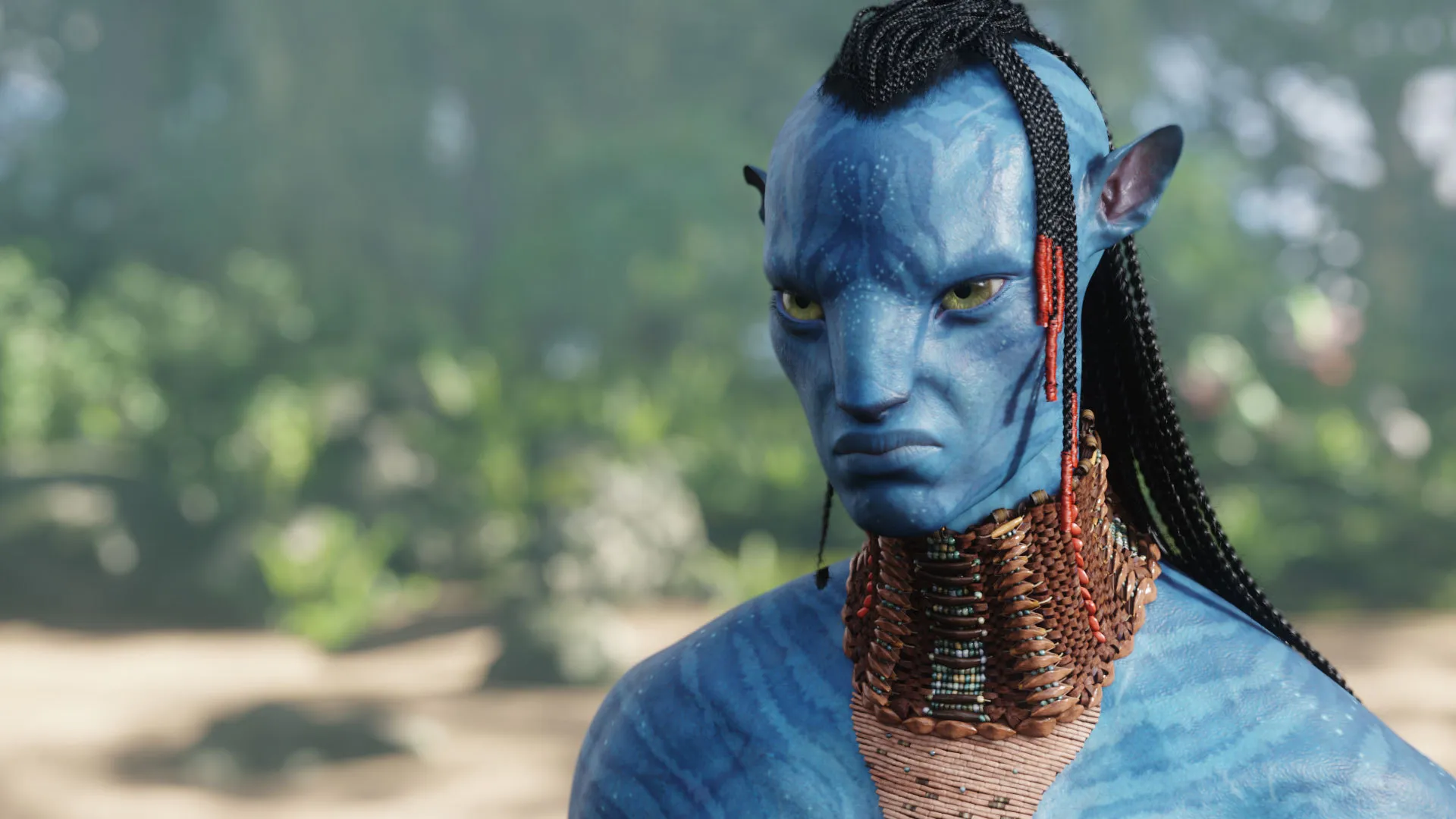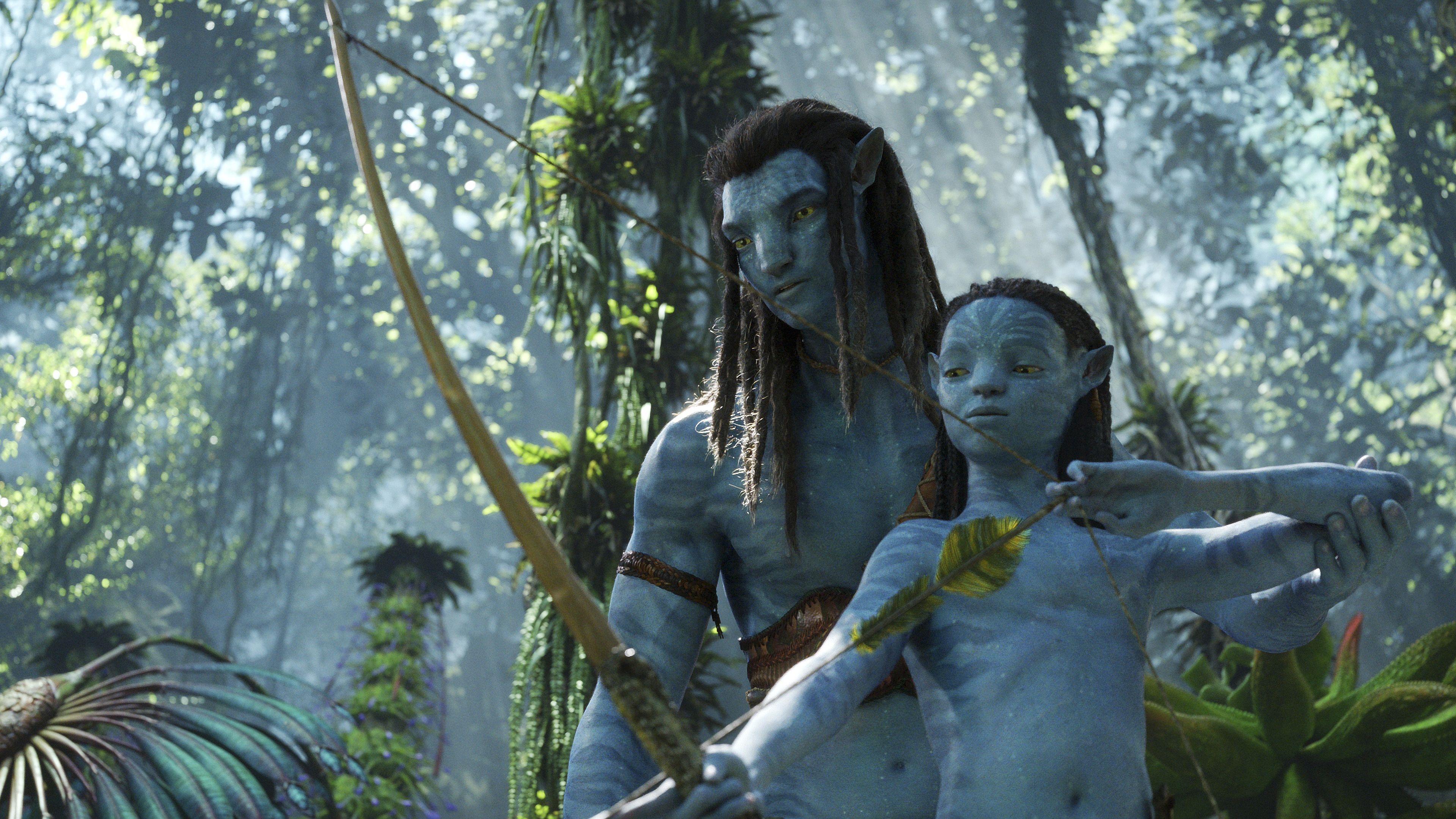Creating a fictional language is one of the hardest artistic endeavors. Making it original, believable, and functional requires years of research and development. J. R. R. Tolkien spent six decades on his Elvish languages. Marc Okrand systematized the Star Trek language, Klingon, in the ’80s and continues to revamp it. George R.R. Martin created Dothraki for the first of his A Song of Fire and Ice novels, 1996’s A Game of Thrones, which David J. Peterson expanded into a 3,000-word language for the TV adaptation nearly 15 years later.
For Avatar and its upcoming sequels, Paul Frommer has been developing the Na’vi alien tongue since he was hired by James Cameron in 2005. Despite its distinctiveness, Na’vi, like Elvish, Klingon, and Dothraki, has real-world forebears. Here are the diverse linguistic influences of Lìʼfya leNaʼvi (“Na’vi language” in Na’vi).
“Polynesian flavor”

The Na’vi language originated in Cameron’s mind early in Avatar‘s development. He conceived approximately 30 words, including “Na’vi,” while reflecting on his time in New Zealand. “I was just sort of free associating, and I had been to New Zealand a few years ago and really liked the sound of the Maori language and some of the Polynesian form,” Cameron revealed during a press conference, “so I put that in.” He employed USC linguistics professor Frommer to flesh out the language. Frommer detected the “Polynesian flavor” in Cameron’s words and spread it throughout his own. It was strong enough for Maori language expert Ella Henry to taste:
“Every Maori word ends in a vowel, so you get that kind of ‘Te-na ko-tou ka-toa’ little rhythm going on, and I did recognize that when I listened to [the Na’vi in Avatar].”
Hebrew, Malay, and Persian

Although Cameron based his proto-Na’vi on Maori, Frommer didn’t base the expanded version on “any particular human language.” A variety of languages informed his composition, including Malay (he was stationed in Malaysia with the Peace Corps), Persian, and Hebrew. The last of those was especially influential:
“The Hebrew influence went beyond the sounds—Na’vi, like Hebrew, doesn’t have the verb ‘to have.’ To say ‘have’ something in Na’vi you’d say, essentially, ‘there is, to me X,’ and of course that’s pretty much what Hebrew does, too. There’s a Hebrew construction, ‘Yeshlie,’ which means, ‘there are, to me.’ So I said, ‘hey, that construction is kind of cool.’ So I adopted it into Na’vi.”
Wangkumara-based tripartite alignment

Na’vi has an extremely unique grammatical system in which the object of a transitive verb, the subject of a transitive verb, and the subject of an intransitive verb are treated differently. It’s called tripartite alignment and exists in just a handful of Earthly languages. Frommer cited Wangkumara, a possibly-extinct Australian Aboriginal language, as a tripartite Na’vi predecessor.
You can see how the Na’vi language has evolved since its 2009 debut when Avatar: The Way of Water premieres on Dec. 16.










Published: Nov 17, 2022 06:43 am